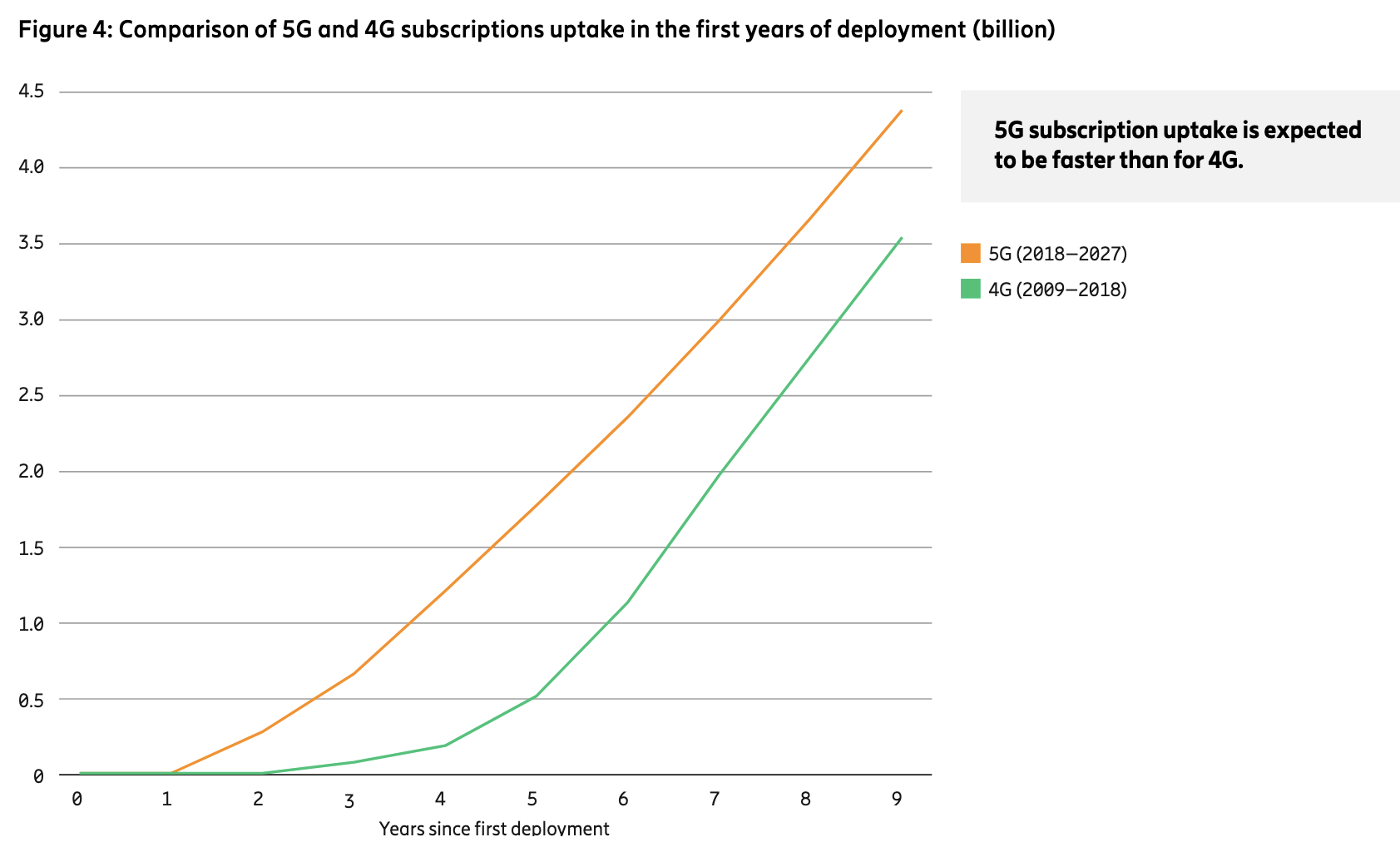When it comes to market predictions, estimates can be wildly inaccurate – but the result usually gets lost as time passes by and new numbers are released. Fortunately, November’s Ericsson Mobility Report showed us some old predictions to help us explore where the mobile industry has succeeded, or not, in the past ten years compared to what was expected back then.
The idea is not to point fingers at what was correctly or incorrectly estimated; instead, we want to make a simple exercise of comparison. The first Ericsson Mobility Report was published in November 2011 and made predictions for 2016. The edition issued in November 2015 featured expectations for 2021. We can learn a good deal from what was forecast and what was achieved.
Too Much Faith in Mobile PCs
In 2010, Apple released the first generation of the iPad, sold as a revolutionary tablet. In 2011, it was Amazon’s turn to announce its own device, the Amazon Fire.
Perhaps these enthusiastic moves into tablets contributed to making Ericsson’s first report forecast mobile PC and tablets to reach 550 million 3G/4G subscriptions in 2016.
And while these devices have seen success since then, the actual figure in 2016 was way below the expected number: 180 million subscribers.
In November 2015, the Ericsson Mobility Report forecast 350 million mobile PC and tablet subscribers by 2021, but the estimate sits around 300 million today, indicating that some early use cases may not have come to fruition after all.
4G and 5G Have Been Underestimated
The market didn’t see it coming, apparently. The first Ericsson report predicted 4G would reach 500 million subscriptions by 2016. Back in 2011, when the prediction was made, commercial 4G had yet to complete one year of existence, which makes it easier to understand why the conservative figure.
However, 4G ended up being revolutionary in many ways, creating unimagined use cases and being a success among customers: 2 billion subscribers by 2016. Possible explanations include the fact that some countries like Myanmar went from 2G straight to 4G, leapfrogging 3G. Some providers, like India’s Reliance Jio, launched offering only 4G services.
The same goes for 5G as its rollout has just started. In its November 2015’s edition, the Ericsson Mobility Report forecast 150 million 5G users by 2021, while the latest estimate for this year is 660 million – 340% more than expected.
“As the 4G rollout was faster than anticipated, traffic growth was also steeper. The acceleration of the 5G standardisation timeline agreed during 2017 naturally resulted in a faster uptake of 5G than could possibly have been predicted in 2015,” the latest report reads.
People Enjoy Using Data. A Lot.
Data usage is another area where the results were significantly higher than the initial forecast. In 2011, the report estimated 4G would hit 800 Mb in average monthly traffic per smartphone by 2016. It turned out to be more than the double: 1.9 Gb per smartphone.
The same happened to 5G predictions: in 2015, the average monthly traffic expected by 2021 was 8.5 Gb per user. The actual figure: 11.4 Gb.
According to the 2021 edition of the report, year-over-year global mobile traffic growth was influenced by several events over the past ten years.
“In 2015, a US service provider started offering data bundles with a zero-rated unlimited offering for a few of the most attractive video services on the market,” the document reads. It was followed by similar offerings by its competitors, leading to a boost in data traffic.
A second event took place in India after September 2016, when Reliance Jio launched its operation focused on 4G. “In 2017 […], a new entrant to the Indian market offered very competitive 4G prices, attracting a huge amount of new smartphone users with very high traffic usage per smartphone.”
Where Now?
“The big question is how past learnings can be applied to the future. Forecasting will continue to be difficult,” the report acknowledges.
Difficult but not impossible. One of the predictions is that 5G will account for 49% of all mobile subscriptions by 2027, totalling 4.4 billion subscriptions, especially in North America, Western Europe, Gulf Cooperation Council, and Northeast Asia.
The 5G growth curve is also expected to be steeper than it was in 4G, as you can see in the picture below.

As the usage of 5G increases, so do the use cases and possibilities enabled by the technology. “With the emergence of mirror worlds, hyperconnectivity and AI, it is also possible that the digitalization of industries and businesses will accelerate more than we can imagine today,” the Ericsson Mobility Report forecast.






